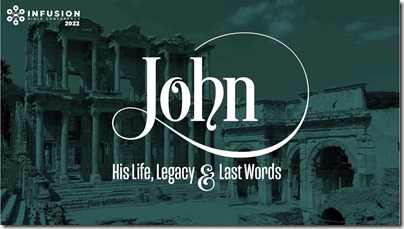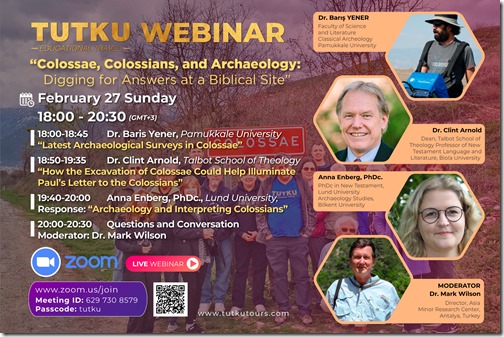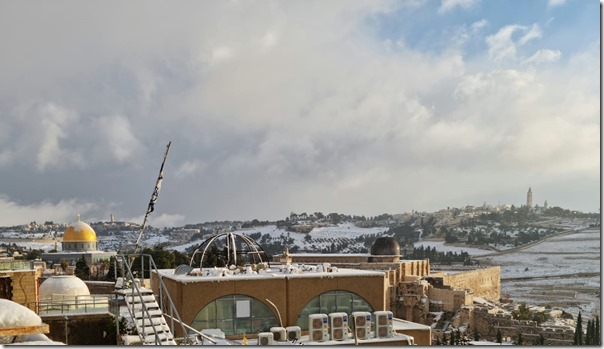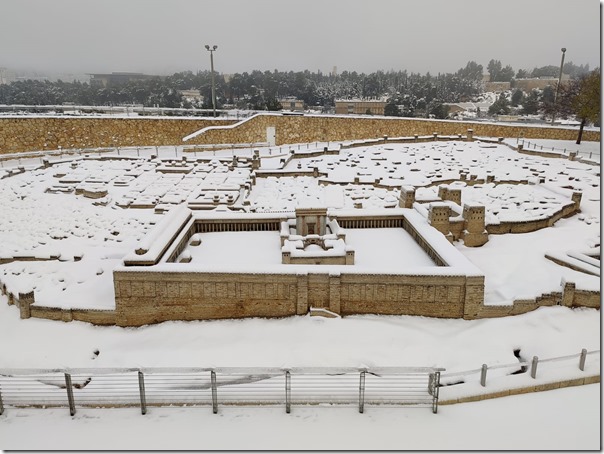The dates, locations, and subject of this year’s Infusion Bible Conference have been announced. The topic is “John: His Life, Legacy & Last Words.” Here’s a brief description:
The Apostle John is unquestionably one of the central characters of the New Testament. He was a disciple. He was the caretaker of Mary after Jesus’s death. He was a pastor to the churches in Asia. He was a writer who penned a gospel and three epistles. And then there’s Revelation. Something about this man led Jesus to entrust him with the final words in Scripture. He’s seen a vision of the end and has words for us in the present. In a sense, John is the Church’s first elder statesman. He was there in Galilee with Jesus in the beginning, and he’s there in Asia at the end of the first century leading and guiding the Church.
90% of John’s gospel includes material that doesn’t show up in the other gospels. And there’s a reason for that. He’s writing last. He’s got a specific audience in Asia, and he’s had six decades for the Jesus story to simmer in his memory and heart. Many of us don’t realize how multi-dimensional his life was and how critical it was to the expansion of the Jesus movement. As a result, we misunderstand and misinterpret things he wrote, and also miss out on so much of what he was saying.
The conference will be held twice in August:
- August 8-10 in Franklin, Tennessee
- August 15-17 in Parker, Colorado
The three-day conference is loaded with short talks on everything you can think of and a lot more. The conference faculty this year is Brad Gray, Cyndi Parker, Brad Nelson, and Randy Smith—all who have traveled extensively in the biblical lands. One of the conference favorites is the IBC Notebook which includes detailed notes on all of the presentations as well as additional resources.
I’m planning to bring my wife to the Tennessee conference (during which time we will celebrate our 30th anniversary). Kris Udd will be at the event in Colorado. I think that the topic of John is a perfect follow-up to last year’s focus on Paul, and I hope I’ll see many of you there. As I have said here before, this is the best conference I know of for backgrounds of the Bible.
Registration is now open.



